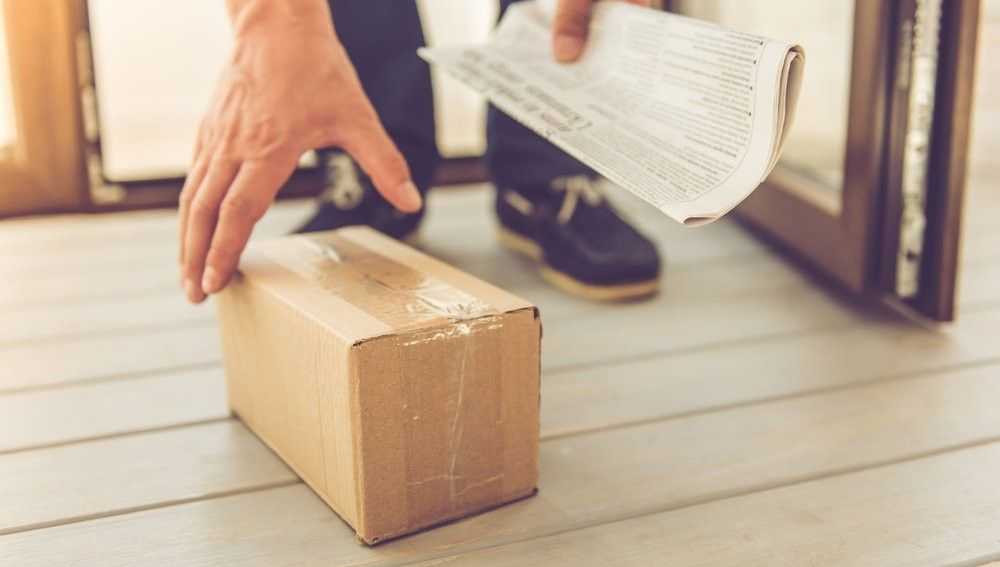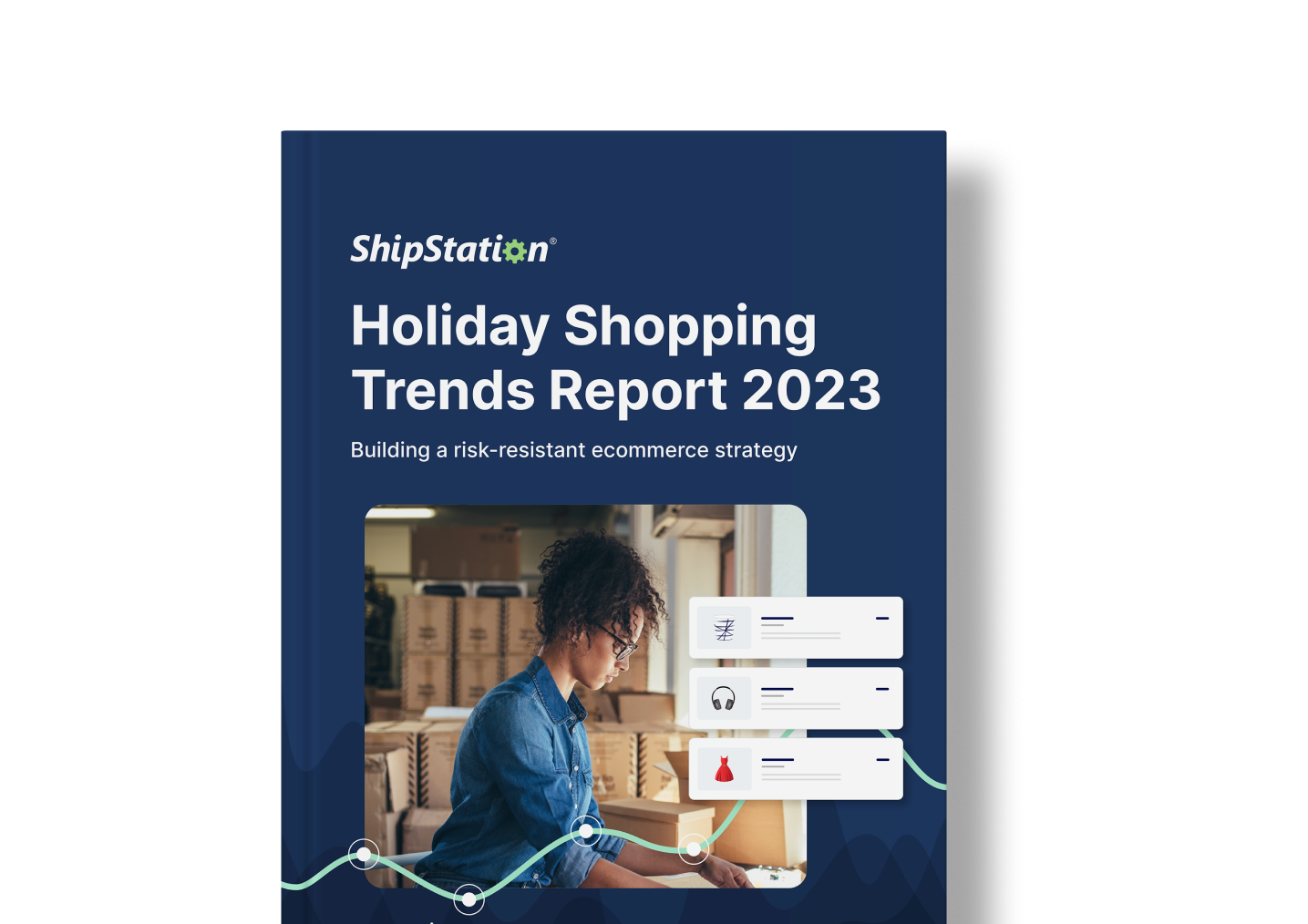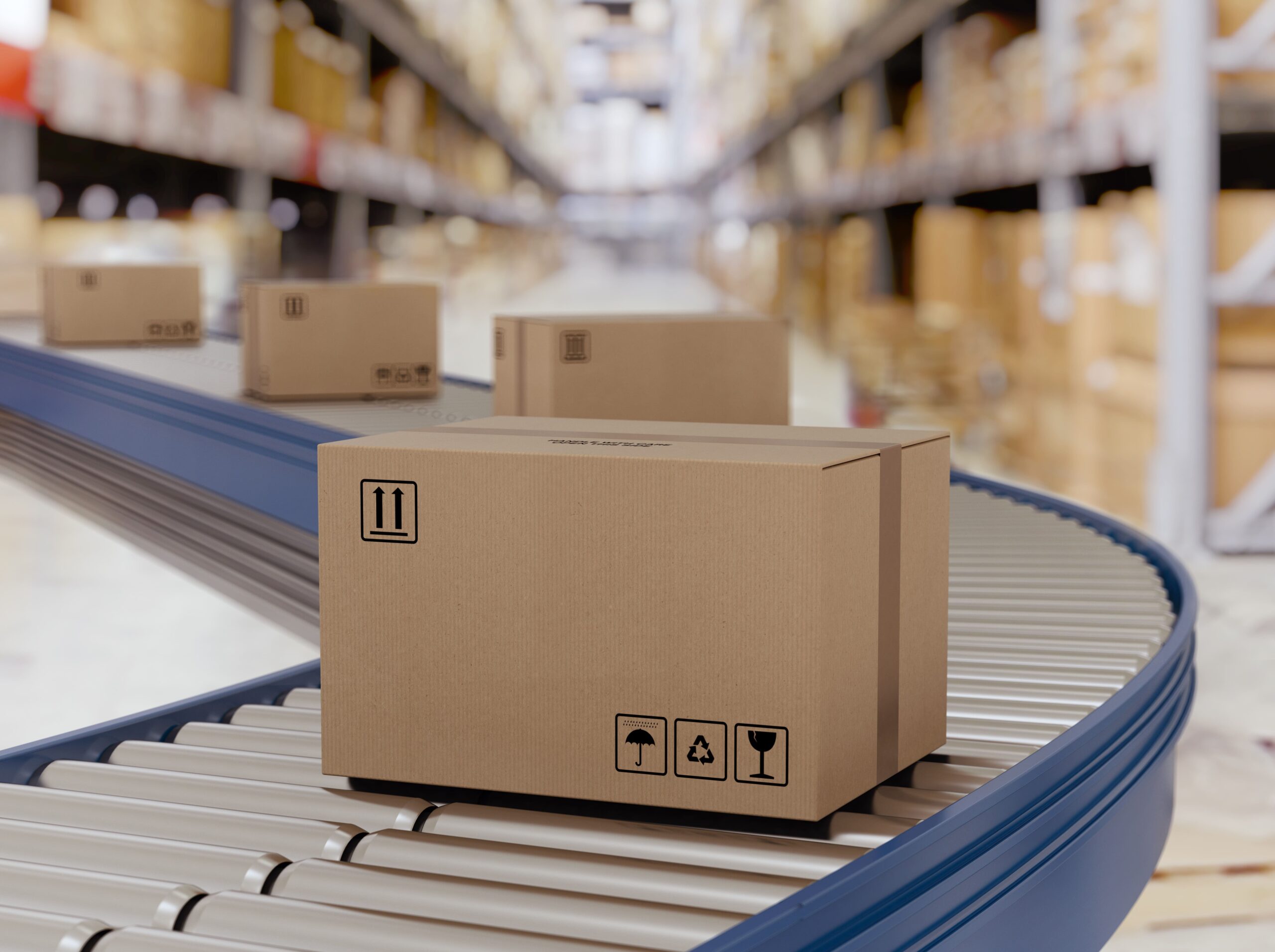USPS Shipping Delays Explained
Beginning October 1, 2021, many senders and recipients of USPS first-class shipments began to face delays and extended delivery times. This is no accident—these mail delays are strategic and self-imposed as part of a plan set forth by Postmaster General Louis DeJoy. Originally proposed in March of 2021, DeJoy implemented the new system as USPS geared up to meet the increased needs of the 2021 holiday season.
So, exactly why is the post office so slow in 2021? To answer that question we have to dig a bit into the specific changes and struggles of the US mail system.
Longer First Class Mail Service Standards
This new shipment delay affects approximately 39% of first-class deliveries. Prior to this announcement, USPS first-class mail, such as standard-sized letters, came with a delivery expectation of 1-3 days. While this will still be true for 61% of deliveries, the remaining mail will be delivered in the 3-5 day window. This blanket 1-5 day standard, regardless, will apply to all mail shipped first-class with USPS.
Letters, bills, and other basic enveloped mail will not be in the only mail to be impacted. Here’s the breakdown of the USPS delays by mail type:
- First-class mail (standard-size, single-piece letters, and envelopes): 39% of mail will be delivered in 3-5 days while the remaining 61%, composed predominantly of local mail, will be delivered within 1-2 days on average.
- First-class package service (smaller, lightweight parcels): Long-distance package deliveries across the continental US, such as parcels from California to New York, will be most heavily impacted by these changes with expected arrival times of 4-5 days. This 4-5 day timeline applies to 32% of packages while the remaining 68% will continue to be delivered in 2-3 days.
- Periodicals (journals, magazines, newspapers): The USPS states that only 9% of publications should be impacted by a potential 5-day delivery window. The other 93% will continue to be delivered in two days or less.”
For a deeper-dive breakdown into the different classes of mail and different priorities of mail within the USPS—as well as how each can be relevant to ecommerce sellers—please view our post on USPS First Class Mail Service here.
This new speed cut devolves mail delivery expectations to slower than what we saw in the 1970s. The plan has already received criticism from many, especially for its impacts on rural, low-income, and elderly mail recipients, many of whom rely on USPS to deliver prescription medications in a timely fashion.
However, the USPS maintains that these changes “enable the Postal Service to convey a greater volume of mail within the contiguous United States by surface transportation.”
Think online shopping peaked in 2020? Think again. 68% of consumers will do more holiday shopping online this year than they did last year… a thread on consumer shopping preferences🧵
— ShipStation (@ShipStation) December 3, 2021
Reliance on Air Transportation
USPS has long relied on air transportation for its services, but air cargo transportation can become tricky in the face of inclement weather, air traffic control ground stops, and network congestion. Finding ways to mitigate these risks is crucial for helping to resolve USPS delays, especially considering all of the potential delivery delays using air transportation are on top of failed and delayed deliveries due to holidays, wrong addresses, and missing notification slips, and other common problems within the agency. Air transport became especially difficult during early periods of the Covid-19 pandemic. New plans for USPS involve relying more heavily on surface networks in order to boost reliability while cutting costs.
A representative of USPS stated:
“We’ll make better use of our trucks and existing surface network to move the mail, relying less on costly air transportation. By improving service reliability and increasing efficiency, we can keep costs at reasonable levels and help keep postage rates affordable for our customers.”
Financial Sustainability
Financial sustainability is always relevant to consider, especially when dealing with infrastructural endeavors such as the mail system.
The fewer costly expenditures the USPS can incur—such as excess air transport—the more affordable it can be for customers to continue to ship items. Right now, the Postal Service realizes billions of dollars of losses each year. This has also led to additional changes to the pre-existing mail system including notable price hikes.
Around the time of the announcements for slower shipments at higher costs, USPS also reported a quarterly net loss of $3 billion. This and similar losses play a substantial role in determining the need for price hikes for customers, especially during busy seasons. The temporary increase in USPS rate adjustments during peak holiday season 2021 are as follows:
- $0.75 increase for PM and PME Flat Rate Boxes and Envelopes.
- $0.25 increase for Zones 1-4, 0-10 lbs.
- $0.75 increase for Zones 5-9, 0-10 lbs.
- $1.50 increase for Zones 1-4, 11-20 lbs.
- $3.00 increase for Zones 5-9, 11-20lbs.
- $2.50 increase for Zones 1-4, 21-70 lbs.
- $5.00 increase for Zones 5-9, 21-70 lbs.
Tips for handling USPS Delays
Allow extra lead time for shipping and delivery
Dealing with shipping delays is easier when you expect it and have accounted for it. Forward thinking businesses will take into consideration ongoing shipping changes when offering any delivery promise. Doing so will help alleviate stress to customers who may fear that their package is lost or, worse yet, that they have been scammed if a delay is considerable enough.
By extending handling times and keeping customer expectations optimistic—e.g. “It arrived earlier than the expected date!”—even if that date is further in the future than one your company would normally offer, companies will be better able to smoothly navigate changes within the postal system which will likely be ongoing.
Upgrade to Express Shipping
The reality today is that customers have become accustomed to ultra-fast shipping. Companies such as Amazon offer 1- and 2-day shipping for many items, even offering same-day delivery in some more metropolitan areas.
For other businesses to meet this expectation and stay competitive, some are choosing to eliminate first-class options from their shipping options, opting instead for express shipping only. This ensures customers are able to receive their package in a relatively short amount of time, even in the face of first-class delays.
Consider alternatives like UPS and FedEx
Reliability is a critical factor in successful shipping and building strong customer relationships. While USPS undergoes a transformation that may result in extreme delays, it may be a wiser option for many businesses to opt instead for FedEx or UPS. While USPS rates are inarguably cheaper, the tradeoff may be more valuable in the long-term—especially if USPS rates continue to rise even while facing notable delays.
Ship faster and easier with ShipStation!
Especially in these uncertain times, it can be cumbersome to determine the best way to ship for each and every package that leaves your warehouse, but it can be expensive to try to force a one-size-fits-all strategy. That’s why intelligent solutions such as ShipStation are giving companies a competitive advantage. With our tools, customers can automatically choose the best carriers in real-time based on their parameters such as speed and cost.
Additionally, our customers get substantial discounts with major carriers such as USPS, UPS, and FedEx, helping to offset the costs of rising carrier rates. Take advantage of our special deals, savings, and perks as a ShipStation partner while you find out how much easier shipping can be with the right set of tools.





